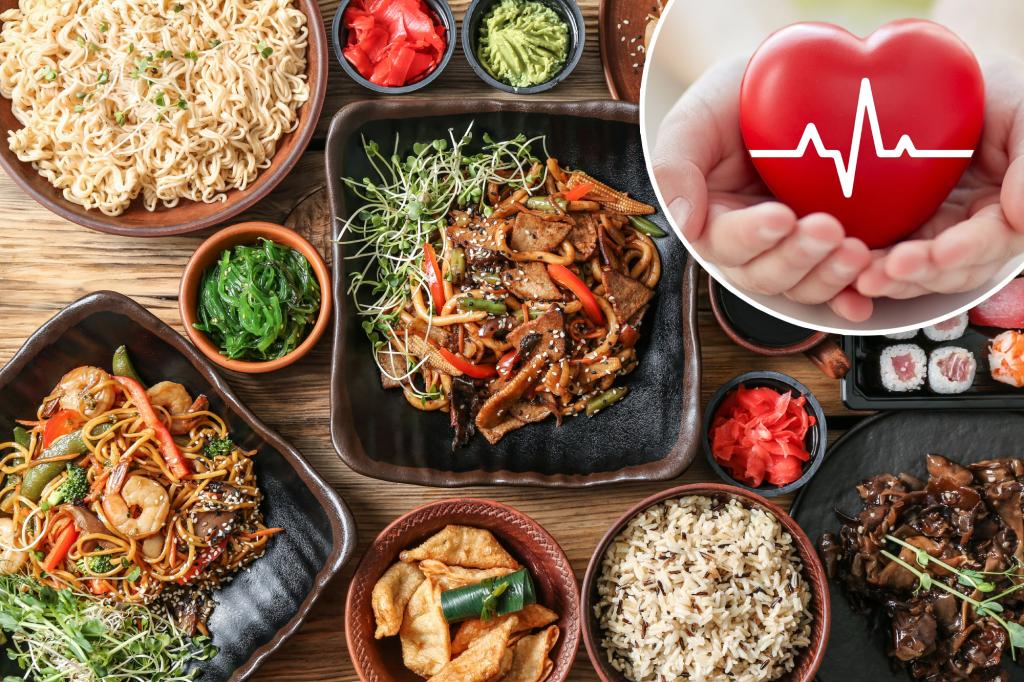Rice, rice, baby.
Not everyone knows that rice is a whole world that extends far beyond the white or brown on offer at your Chinese local.
But there’s one particularly healthy variety that has managed to largely fly under the radar on this side of the pond.
“Red yeast rice is a brightly colored compound used in food and health products that is made by fermenting rice with a special type of yeast known as Monascus purpureus,” Amanda Frick, VP Medical Affairs at Thorne, told The Post.
“Red yeast rice has been used in traditional Chinese and Western botanical medicine to maintain healthy cholesterol levels and support blood circulation.”
Research has shown this crimson product contains naturally occurring compounds that can help keep total and LDL cholesterol — as well as triglycerides, which are the most common type of fat in the body — at optimal levels.
It also contains a bunch of other, unpronounceable compounds — such as phytosterols betasitosterol, campesterol, stigmasterol and isoflavones — that can help keep your ticker running smoothly.
But the real secret sauce isn’t what’s in it so much as on it.
“Red yeast rice does get a lot more attention for its health benefits than your everyday white or brown rice. The ‘magic’ of red yeast rice isn’t actually in the rice itself — it’s in what’s grown on it,” Frick said.
“While white and brown rice provide a source of carbohydrates and fiber (depending on the rice type), they do not contain the additional nutrients like sterols and antioxidants that are found in red yeast rice.”
While it is a rice, it’s more commonly found in powdered form or as a supplement — or in some fermented foods.
“There are foods like fermented tofu, red rice vinegar and Japanese rice wine (sake) that include red yeast rice,” Frick said.
“Depending on the specific use in traditional Chinese medicine, it may be best prepared with other food ingredients or at a particular temperature.
“For uses in botanical medicine, it’s often preferred to offer in a supplement form for consistent delivery of the bioactive compounds in red yeast rice.”
While the side effects tend to be relatively mild — think gas, tummy troubles, headache and reddish poop — red yeast rice isn’t for everyone.
“As with any new dietary supplement, it’s important to discuss starting red yeast rice with your health professional, who can determine if this is the right option for you, your lifestyle and your overall wellness plan,” she said.
“Women who are trying to become pregnant, pregnant or breastfeeding shouldn’t take red yeast rice. Those who have kidney or liver disease also shouldn’t take it. Additionally, it may interact with certain medications, supplements, alcohol and grapefruit.”
One other red flag: contamination. Some red yeast rice supplements can contain citrinin — a toxic byproduct of the fermentation process that can damage your kidneys or liver.
Red yeast rice might not be magic — but when it’s properly made and thoughtfully used, it could be a powerful addition to your heart-health toolkit.
Read the full article here

